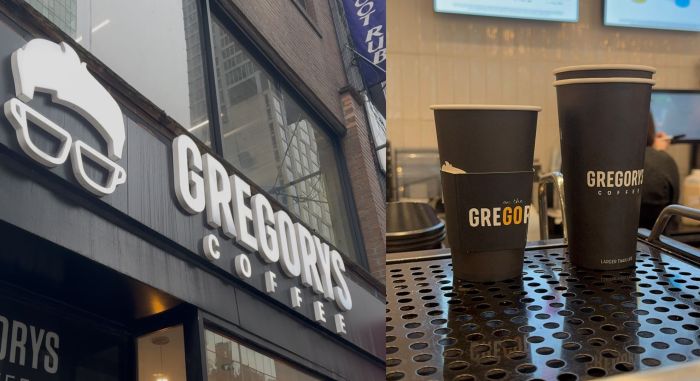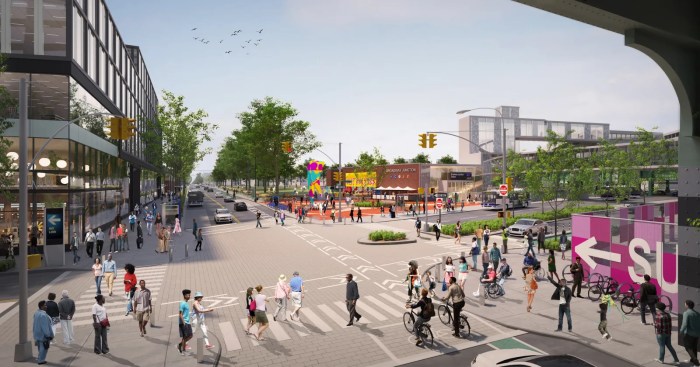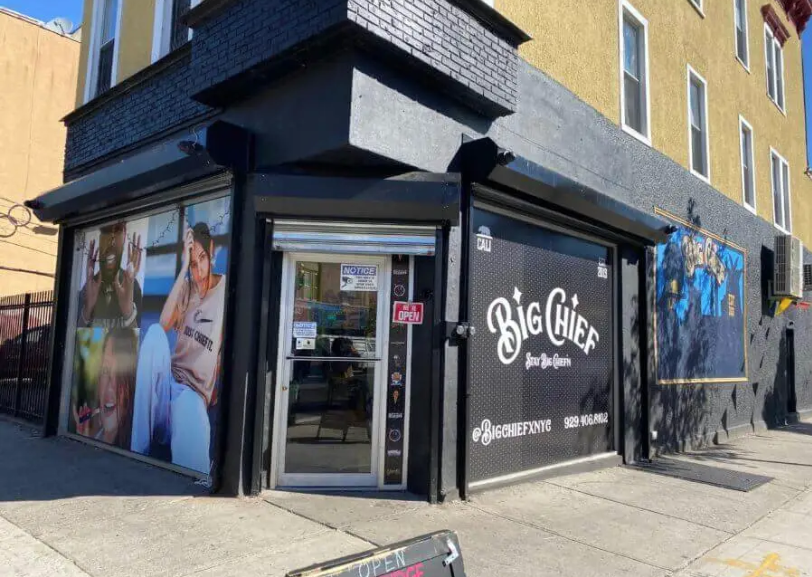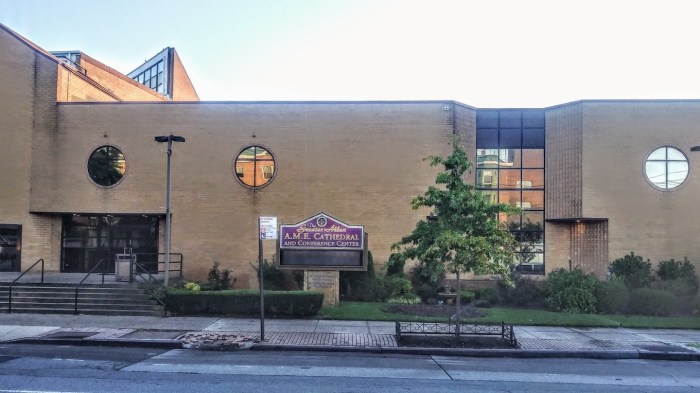C.B. 1 protests closure of Downtown subway concourse
The Metropolitan Transportation Authority has announced that, rather than wait until the opening of World Trade Center 1 and 4, the Dey Street Concourse will open to the public once the Fulton Center is completed in June 2014. But members of Community Board 1 are calling for the pedestrian tunnel to be open as soon as it’s completed, since it will allow subway riders to transfer between the Cortlandt Street ‘R’ station and the other neighborhood subway lines for free.
The concourse, once open, will facilitate a free transfer between the R line and the 2, 3, A, C and E lines at the future Fulton Center.
In an Oct. 3 resolution, C.B. 1’s Financial District Committee asks that the M.T.A. open the concourse immediately upon completion, allowing for free access and prominent signage in order to “encourage use of mass transit in an area increasingly affected by vehicular congestion.” Until the opening of the Dey Street concourse, the resolution continues, “C.B. 1 strongly urges that the M.T.A. immediately establish a policy of free transfers for passengers who must exit and re-enter these stations.”
Though construction of the below-grade tunnel that will connect the R train with several other subway lines that will run through the Fulton Center is nearly complete, it would be too costly to maintain the passageway until the entire transit center is finished, since a very small number of straphangers regularly use it.
“Our study, when we first rolled out the project, came up with a number of about five people a day that would utilize that transfer,” said M.T.A. spokesperson Kevin Ortiz, adding, “There are numerous options where you can connect to the ‘R’ from other lines already in existence in both Brooklyn and Manhattan.”
Currently, the R train connects with the 4/5 lines at Canal Street and at Union Square, Atlantic Avenue-Barclays and Borough Hall. The R also connects with the A/C at Times Square and at the Jay Street-MetroTech station.
Bowling Green renovations underway
The city Department of Transportation has begun to spruce up Bowling Green Park and the surrounding area. By the D.O.T.’s estimates, nearly 400 pedestrians per hour use Whitehall Street and, currently, the sidewalks can’t handle the load. As a result, Downtown residents and workers are spilling out onto the street and facing risks from oncoming traffic, a cause for concern among city officials.
A redesign of the area’s streetscape, featuring an expansion of the pedestrian plaza, is poised to give people a lot more safe walking room. In order to reduce overcrowding, the sidewalk at Whitehall Street between Broadway and Pearl Streets, among others, will be widened, and several crosswalks will be narrowed. The plan will also open up public space around the Charging Bull. The statue currently stands at a narrow intersection in the middle of Whitehall Street, leaving little room for people to approach it safely amid moving traffic. Police have partitioned off the bull in recent months due to ongoing Occupy Wall Street protests.
Aesthetic changes are also on the horizon for Bowling Green, including the installation of nearly two-dozen decorative planters, courtesy of the Downtown Alliance.
Community Board 1 recently passed a resolution in support of D.O.T.’s plan.
More high-tech trash cans installed in Lower Manhattan
New solar compacting waste stations boasting five times the capacity of a conventional trash can have been installed on select streets in the Financial District, according to the Alliance for Downtown New York, the area’s Business Improvement District.
A total of five BigBelly stations adorned with maps of Lower Manhattan can be found at the northeast corners of Broadway and Maiden Lane and Church Street and Cortlandt Street; and the southwest corners of Broadway and Vesey Street and Water Street and Fulton Street. The fifth BigBelly is on the northwest corner of Water Street and Wall Street. The installations follow the ceremonious placement of a BigBelly on Canal Street in Chinatown last November and three others in Thomas Paine Park earlier last year.
The machines, which derives their energy from solar-powered panels, automatically compresses trash content, resulting in a lesser need for trash pick-ups and garbage bag replacements, according to the Downtown Alliance. An electronic sensor built inside the BigBellies alert sanitation units when they are maxed out on trash. The BigBellies are also known to curb rat infestations of streets, parks and other public spaces.
The recent installations come on the heels of a City Council hearing led by Council Member Margaret Chin focused on the need for additional sanitation services to accommodate the growing influx of tourists in the area.
“With thousands of people walking our bustling streets each day, BigBelly solar stations are sure to be a big success in Lower Manhattan,” said Joseph Timpone, the Downtown Alliance’s senior vice president of operations. “[They will] lower fuel emissions and streamline sanitation services by compacting the litter.”
New York Cares moves to Downtown
The city’s largest volunteer organization has moved its main offices to Lower Manhattan. New York Cares is now operating out of a building at 65 Broadway, according to Steve Streicher, the group’s director of marketing and communications.
The move was necessary in order to meet the organization’s growing demand for citywide volunteer services. New York Cares’ new Downtown offices will also be convenient for the organization’s annual service events, New York Cares Day Fall and New York Cares Coat Drive, which in recent years have been expanding. “We need a flexible and accessible location where we can easily move program managers and resources throughout the five boroughs,” said the organization’s executive director Gary Bagley. “Sixty-five Broadway provides a space more conducive to those operations.”
A greater demand for services means that more volunteers will require orientation and more community partners will seek training on how to work with volunteers, Striecher elaborated, “and we need to do a good portion of these orientations and trainings from our office.”
Downtown’s subway access, he added, is “pretty darned fabulous.”
The organization, which runs volunteer programs for 1,200 nonprofits, city agencies and public schools, was founded in the late 1980s by a group of city activists seeking to effect social change.




































